Highlights29 scientists warn human activities near critical thresholds globally.Earth has exceeded critical safe thresholds in 6 planetary boundaries.Only the ozone layer remains unthreatened due to global efforts.
This situation poses a substantial risk of instigating significant alterations inEarth’s environmental conditions.
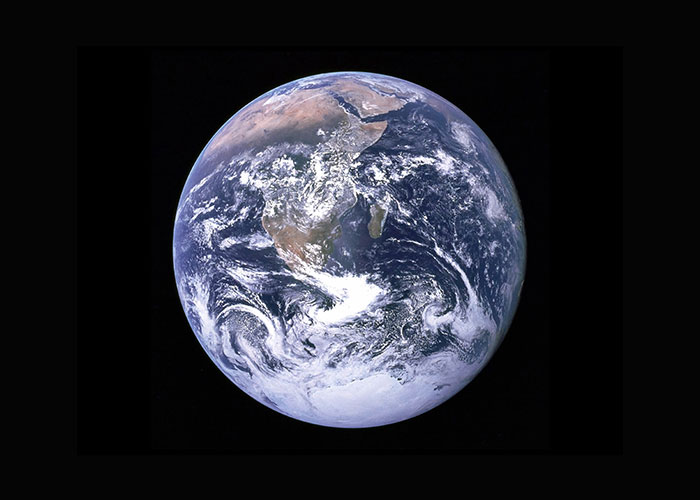
Image credits:NASA
A TikToker took it upon herself to simplify the worrisome news
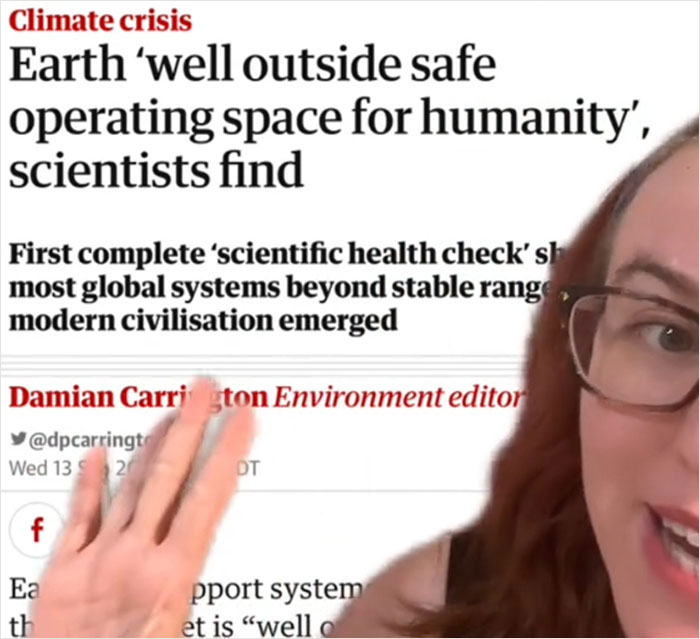
Image credits:coyoteannie
In their examination, the scientists assessed nine interconnected “planetary boundaries,” which they categorize as the essential limits that must not be exceeded to maintain a stable and habitable planet.
The breached boundaries indicate that Earth’s systems strayed away from the stable conditions of the Holocene era
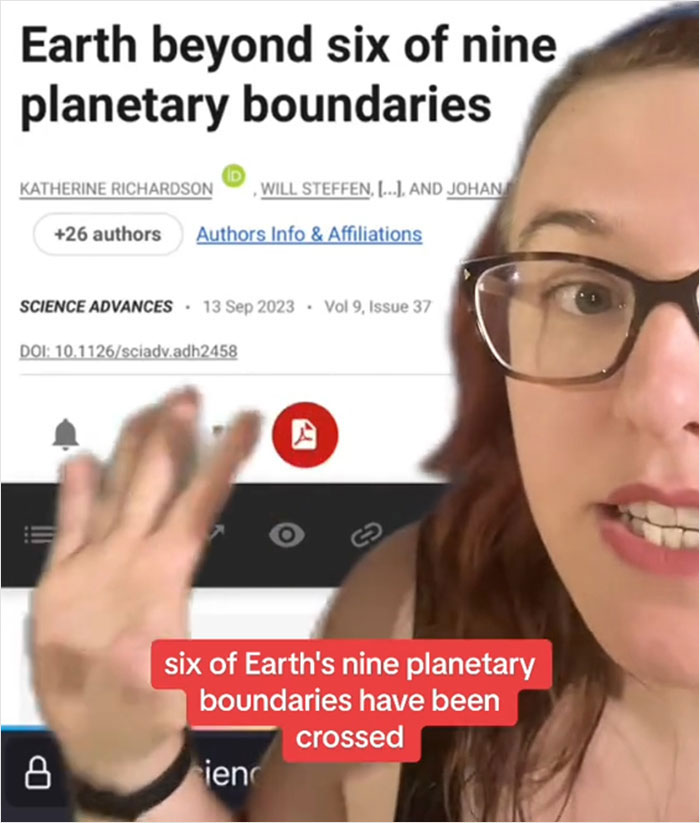
The breached boundaries signify that the Earth’s systems have been pushed significantly away from the secure and stable conditions that prevailed from the conclusion of the last ice age roughly 10,000 years ago until the onset of the Industrial Revolution.
This era, known as the Holocene, witnessed the emergence of modern civilization.
Originally introduced in a2009 paper,these nine boundaries are critical environmental thresholds that, if crossed, could lead to irreversible and potentially catastrophic changes in the Earth’s systems.
All four biological boundaries are at or near their highest risk levels
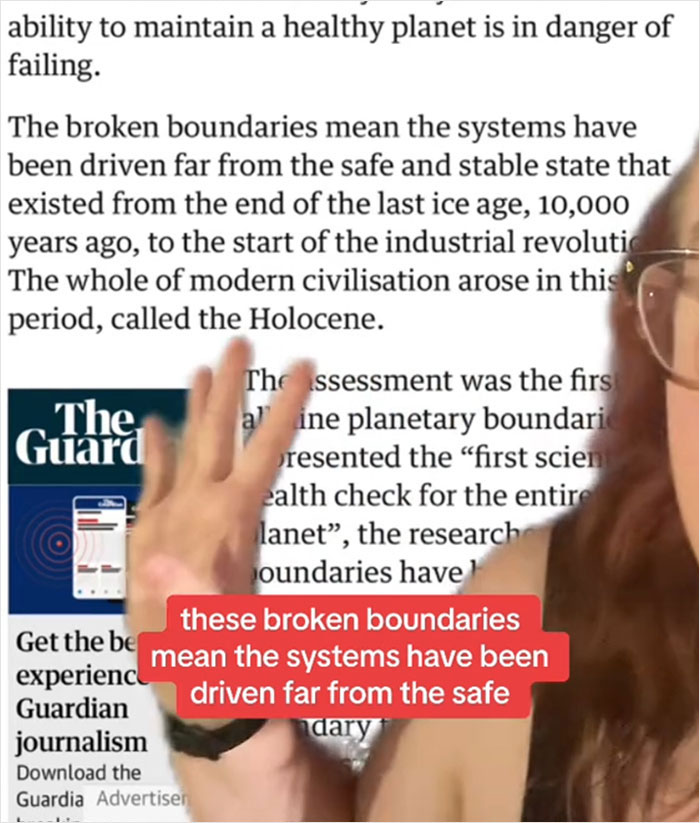
These boundaries encompassclimate change, biodiversity loss, land use change, freshwater use, nitrogen cycle, phosphorus cycle, ocean acidification, chemical pollution, and atmospheric aerosol loading.
According to the scientists, managing these boundaries is crucial for maintaining a stable andsustainable planet.
The ozone layer is the only boundary that remains unthreatened
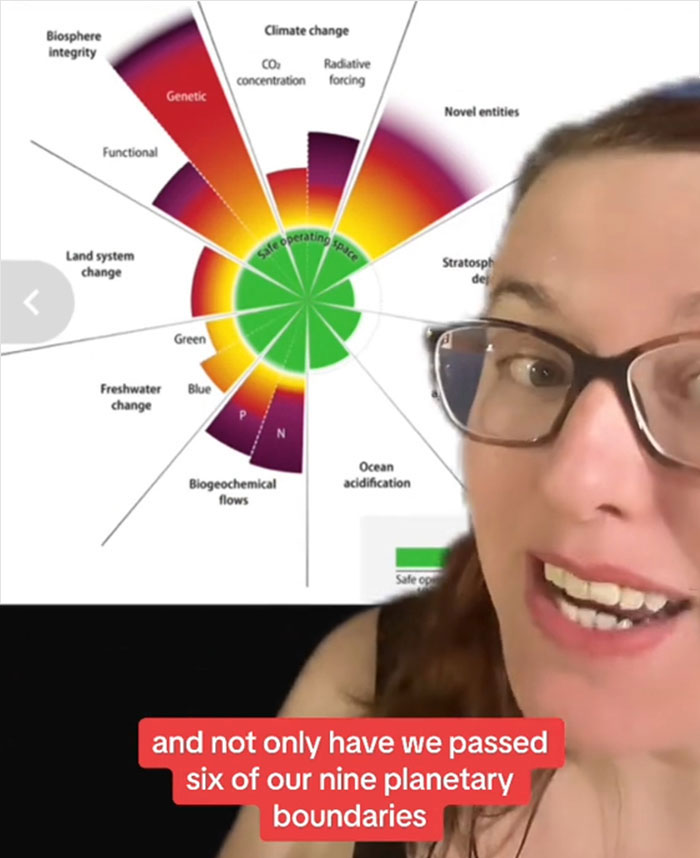
Nowadays, the sole boundary that remains unthreatened is atmospheric ozone, as concerted efforts in recent decades to eliminate harmful chemicals have resulted in the gradual healing of the ozone hole.
Even with just 1.2 degrees Celsius of global warming, the world experienced extraordinary summer extreme weather
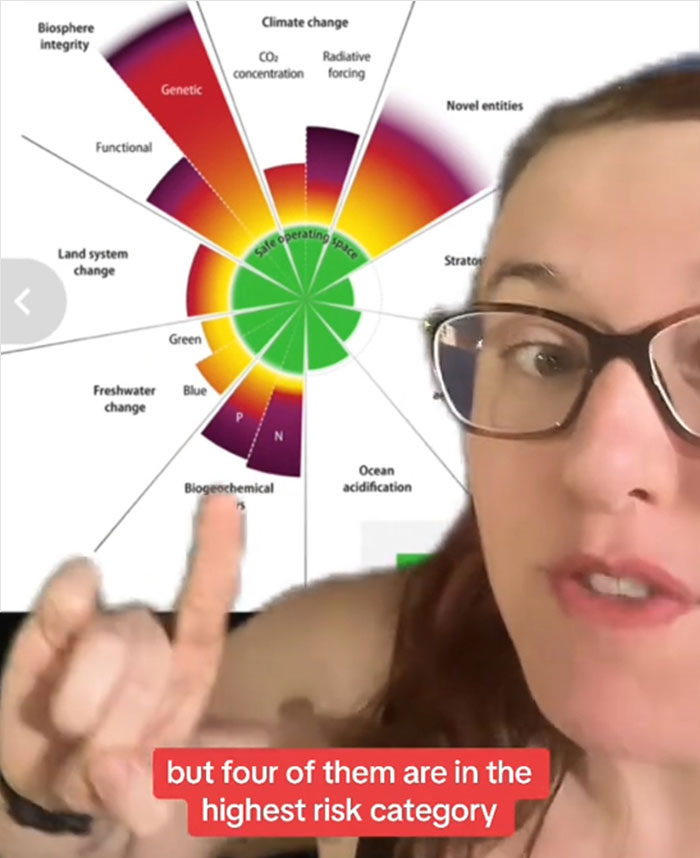
Katherine Richardson, one of the report’s co-authors and a professor specializing in biological oceanography at the University of Copenhagen, highlighted the extraordinary summer of severe weather that the world recently witnessed with just 1.2 degrees Celsius of global warming.
While some planetary boundaries remain within safe limits, ocean acidification and atmospheric levels are concerning

“We didn’t think it was going to be like this at 1 degree [Celsius],” Katherine toldCNN. “No human has experienced the conditions that we’re experiencing right now,” she added.
Among the three boundaries that researchers have identified as remaining within safe parameters, two of them, namely ocean acidification and atmospheric aerosol levels, are displaying concerning trends as they deviate from the desired direction.
Scientists have expressed concern for our future
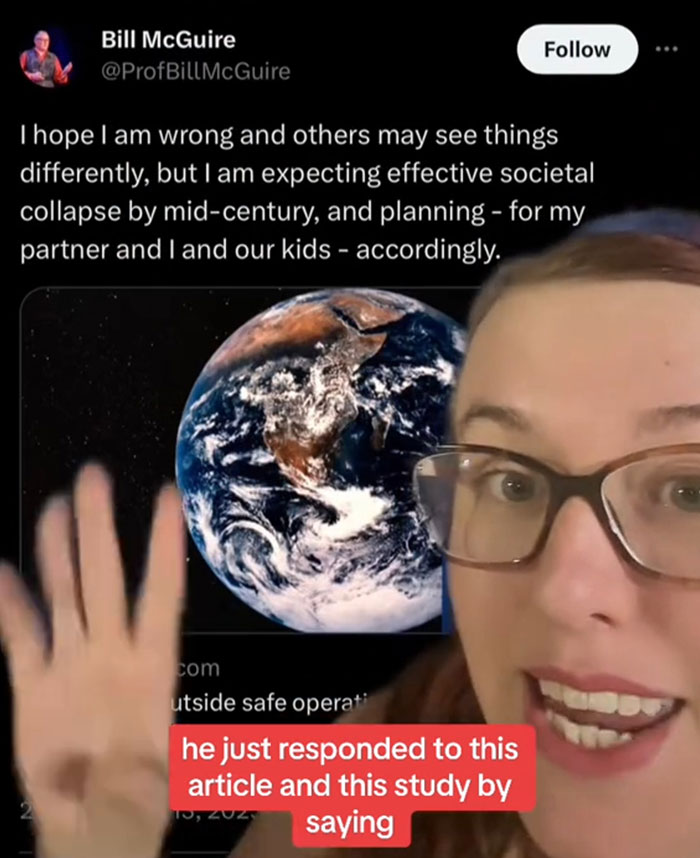
Nonetheless, there is a silver lining in this scenario. Katherine pointed out that the ozone layer had breached its boundary back in the 1990s. However, due to global efforts and international collaboration in phasing out ozone-depleting substances, the ozone layer is currently on a trajectory towards full recovery.
Exceeding planetary boundaries doesn’t signify an immediate plunge into a catastrophic tipping point, Katherine clarified. Hitting one of these boundaries isn’t akin to suddenly “falling off a cliff.” But, it does serve as an unmistakable cautionary signal.
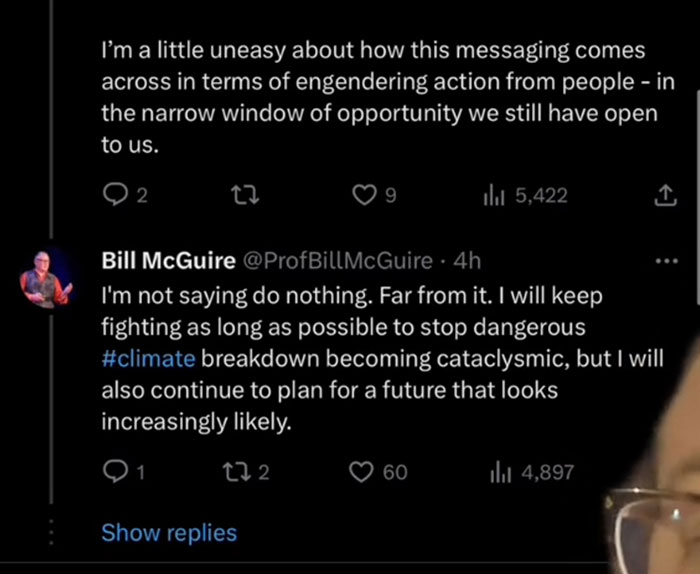
To illustrate this concept, she drew an analogy with a bank account, where the currency isn’t monetary but rather Earth’s resources, essential for the survival of humanity and all living organisms. As we breach planetary boundaries, she explained, our “bank balance” is steadily decreasing.
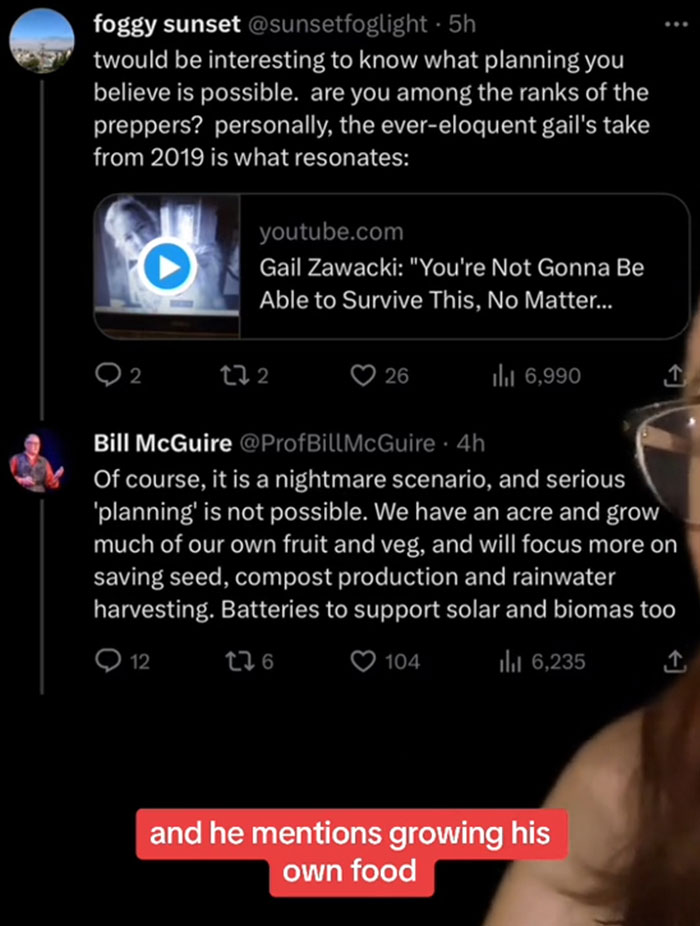
She explained: “We can party, even though our money in the bank is getting less – we just can’t party forever.
“That’s the situation that we have brought ourselves into.”
Scientists emphasized the importance of getting back within the safe operating space
Image source:ProfBillMcGuire

Professor Johan Rockström, the then-director of the Stockholm Resilience Centre who led the team that developed the boundaries framework, toldThe Guardian: “Science and the world at large are really concerned over all the extreme climate events hitting societies across the planet.
“But what worries us, even more, is the rising signs of dwindling planetary resilience.”

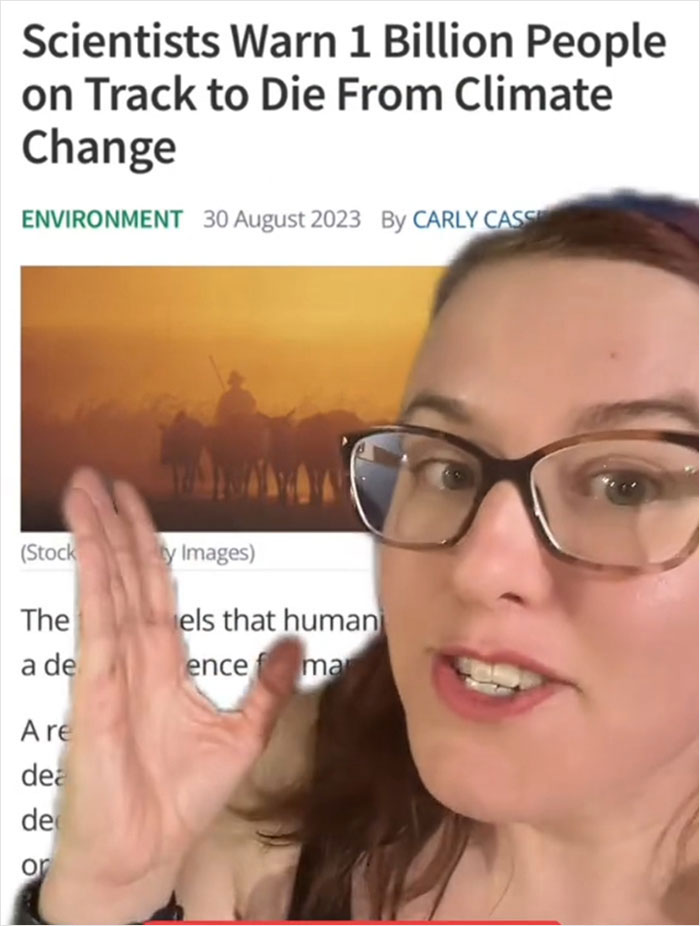
You can watch Annie’s explanatory TikTok below
Johan went on to say that in order to have security, prosperity and equity for humanity on Earth, “you have to come back into the safe space”.
“We’re not seeing that progress currently in the world,” he added.
Scientists have agreed that essential measures entail the gradual elimination of fossil fuel combustion and the cessation of harmful agricultural practices.













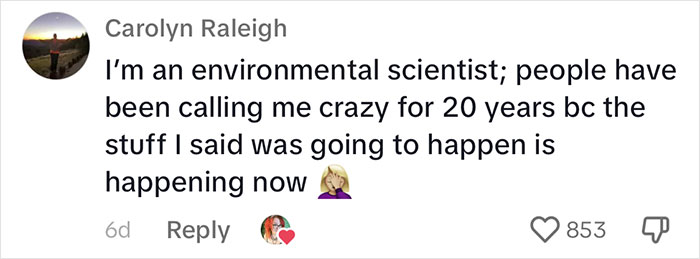
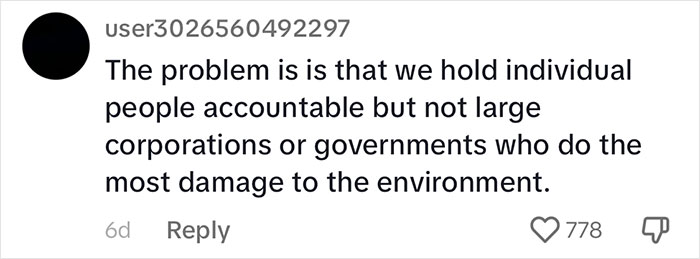



Thanks! Check out the results:Lei RV
Renan Duarte
News